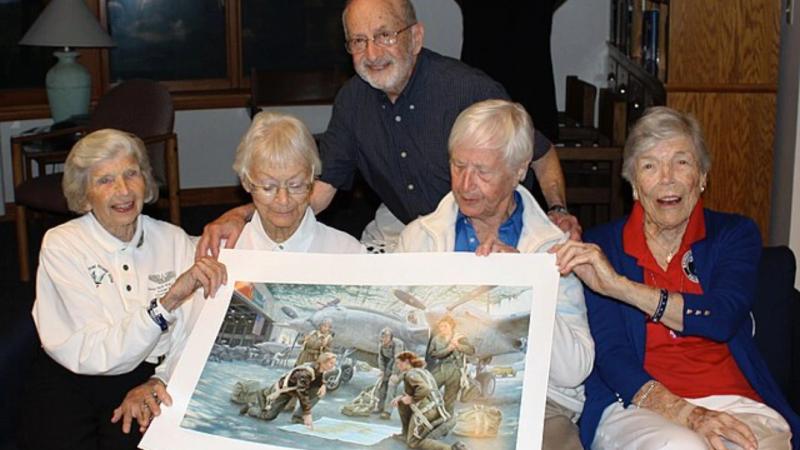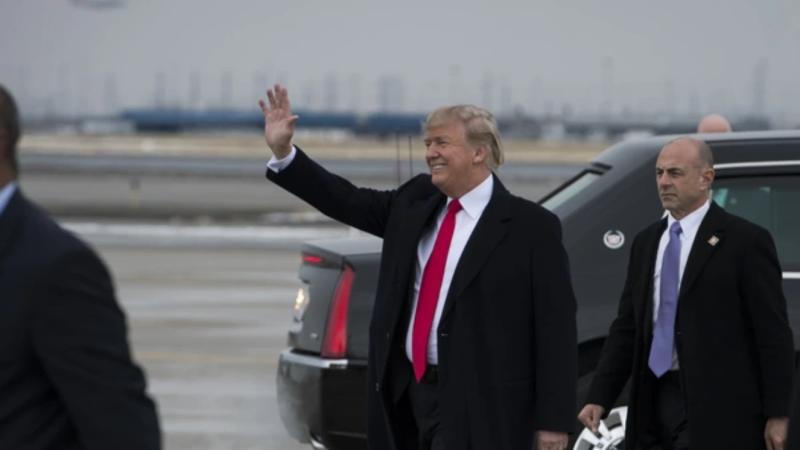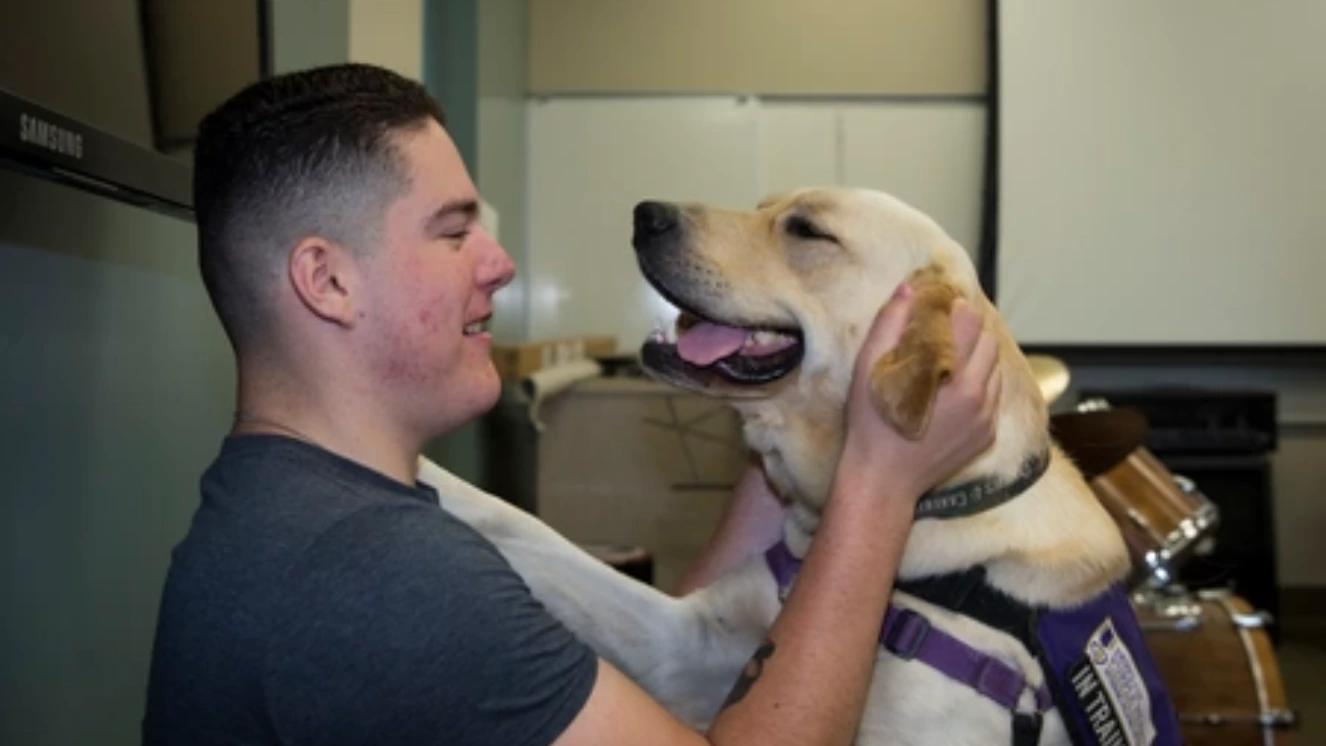THE WOMEN’S AIRFORCE SERVICE PILOTS OF WWII DEFIED THE ODDS TO SERVE IN THE SKIES

The world was called to do a lot during World War II. While men were sent all over the planet to fight, women helped stateside. Many examples exist, including women joining traditionally male-dominated fields to work while men fought; however, some even served in the military. Despite not truly getting their due, the Women Airforce Service Pilots (WASP) during WW2 remains an important part of our nation’s history.
The Women’s Airforce Service Pilots From WW2 Answered the Call
Within the United States Army Air Forces (AAF), the Women Airforce Service Pilots served during WW2 by ferrying planes to military bases once they were ready at their factories.
This would typically mean flying for days and would help redefine the role of women in society and the military.
However, while the job of the Women’s Airforce Service Pilots was to ferry aircraft, they also took on a variety of additional roles.
This includes risky positions where they would tow banners acting as gunnery practice targets, flight instructors for male pilots, and even test pilots for damaged and repaired aircraft.
Despite serving in varying capacities, participating in Army drills, and learning a variety of related military skills, the fight for recognition and benefits was a long one.

Women's Auxiliary Ferrying Squadron (WAFS), Before the WASP
One of the military’s biggest advocates for women in the military, Nancy Harkness Love, would end up leading the Women's Auxiliary Ferrying Squadron.
A collaboration with the U.S. Air Transport Command, Love and 25 women began helping during WW2, by ferrying aircraft based out of its headquarters at New Castle Army Air Base in Delaware.
The WAFS would end up being a predecessor to the WASP with only 40 women serving before the completion of the merger.
Pearl Harbor and the Women's Flying Training Detachment (WFTD)
Following Pearl Harbor, popular aviator Jacqueline Cochran wanted to have women trained in the Army Air Corps for operations stateside; however, this never panned out in the United States.
Cochran was successful at recruiting women to be a part of the British Air Transport Auxiliary and while recruiting a second group, she would find out about the WAFS.
Cochran persuaded Gen. Henry H. "Hap" Arnold that the WAFS couldn't meet the demand for women pilots.
Both opposed enrolling women pilots in the WAC and in 1942, she founded the Women's Flying Training Detachment at Howard Hughes Airport in Houston, Texas.
The WFTD would attract 25 women with 200+ flight hours and a commercial license to ferry, test, and deliver planes, while also participating in check flights, testing new engines, towed targets for anti-aircraft training, conducting searchlight missions, and training male pilots.
Forming the Women Airforce Service Pilots
On August 5, 1943, the WAFS and WFTD would merge together to create the WASP program, where over 25,000 women would apply.
Despite the large number of interested candidates, the WASP only took in 1,879, with 1,074 making the cut after passing the program at Avenger Field.
It’s worth noting that the 57% of women passing the course was a better mark than the male population, which maintained a 50% success rate.

Separate From the Women's Army Corps (WAC)
Cochran knew that the WASP should be a true, blue military unit; however, she did not want it a part of the Women's Army Corps.
The reason for this was simple. Instead of having female pilots involved in other military roles, WASP should focus on flying.
Furthermore, to be part of WAC, you’d have to be a woman 21 years old or older without children under the age of 14. This would eliminate many of the WASP's most experienced recruits from being a part of the force.
The WASP allowed women as young as 18 years old to join, so long as they had a pilot's license and proper experience flying.
Accepting and Disbanding the WASP
Deputy Chief of the Air Staff Gen. William E. Han wanted the Women Airforce Service Pilots to continue their involvement beyond WW2, working to integrate them into the AAF officially, but it was not to be.
The Army Comptroller General ruled against it and while Cochran and Arnold both worked to have legislation passed to change things, Congress failed to pass the bill.
With the need for the WASP program becoming less and less due to the end of WWII, it was disbanded in 1944.
The Fight for Veteran Benefits
During the existence of the WASP, 38 would die during service and rather than having benefits to fall back on, the government didn’t pay for their funerals, leaving the women and their colleagues to crowdfund the cost of sending their bodies back to their families.
Finally, in 1977, a bill was drafted to provide the Women Airforce Service pilots with active-duty status and Veterans' benefits.
Despite being supported by politicians, including Sen. Barry Goldwater, someone who flew with the WASP during WW2, the American Legion opposed the idea.
At its core, the opposition arose because they felt the term “Veteran” would be devalued if it applied to the WASP. Even the Veterans Administration opposed the idea.
Fortunately, while the politics would play out, the Department of Defense backed legislation to provide them with Veteran status, and with some tweaks, President Jimmy Carter would sign the law making it official.
Sadly, women in the military have a long history of not receiving all of the recognition they deserve without a fight. A theme that continues even in modern times.

Trump Eliminates Training Video Featuring Women’s Airforce Service Pilots From WW2
Unfortunately, despite the fantastic history of the WASP, some of their stories are at risk of falling to the wayside, along with the Tuskegee Airmen.
Due to Trump’s administration cracking down on diversity, equity, and inclusion (DEI) programs, training videos shown during basic training featuring the Women Airforce Service pilots and the Tuskegee Airmen are being eliminated.
While the context of the videos may not be the issue, because of their usage in a DEI course, the USAF has decided to remove the content to comply with the orders of President Trump for the federal government.
Ironically, the removal of historical content showcasing minorities comes at a time when the branch continues to struggle to attract a wider range of candidates.
Politics aside, the Women’s Airforce Service pilots served their nation admirably during WW2, and in many ways, their story continues to fight for the proper recognition these brave women rightfully deserve.
Suggested reads:



